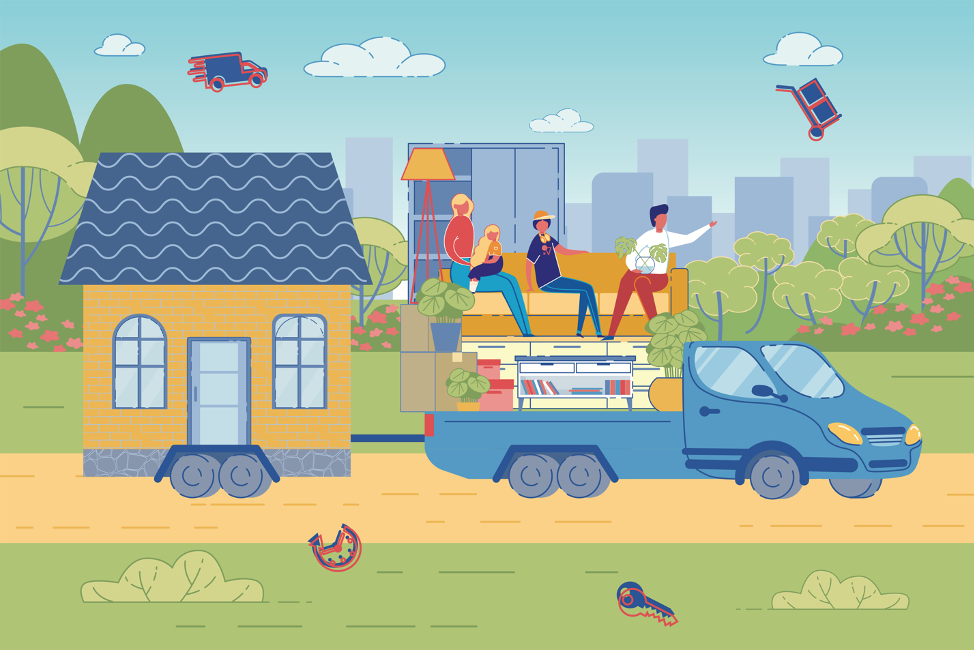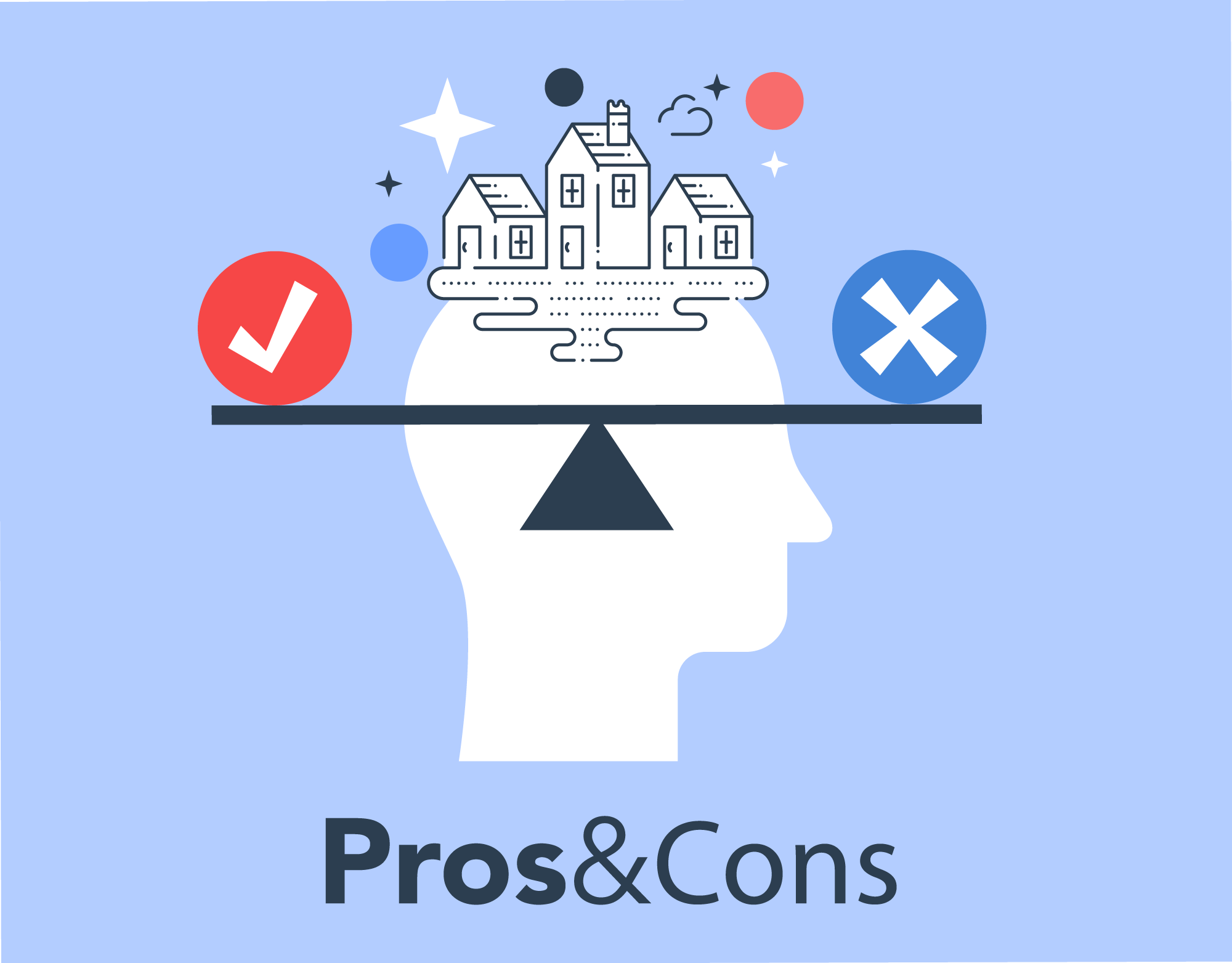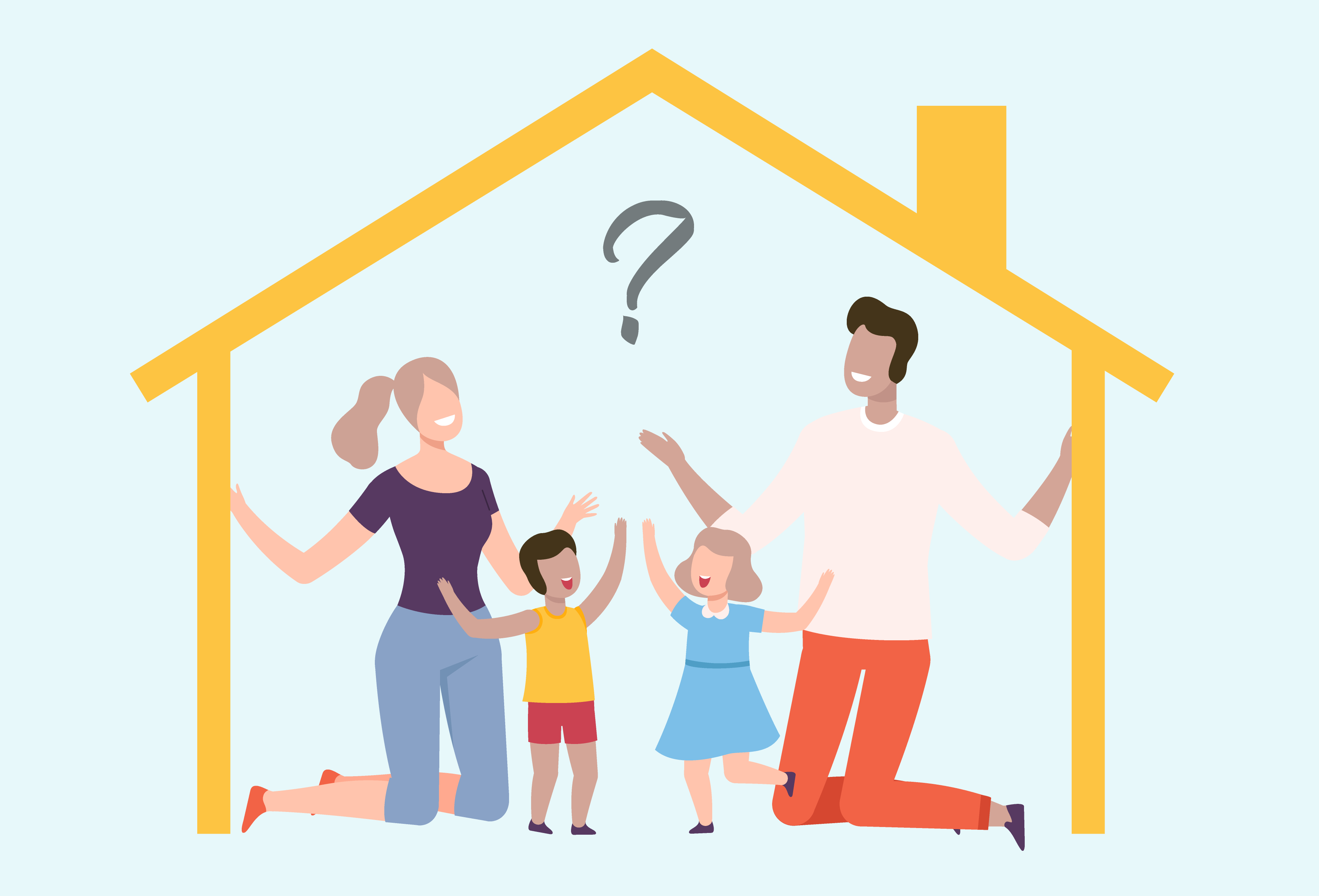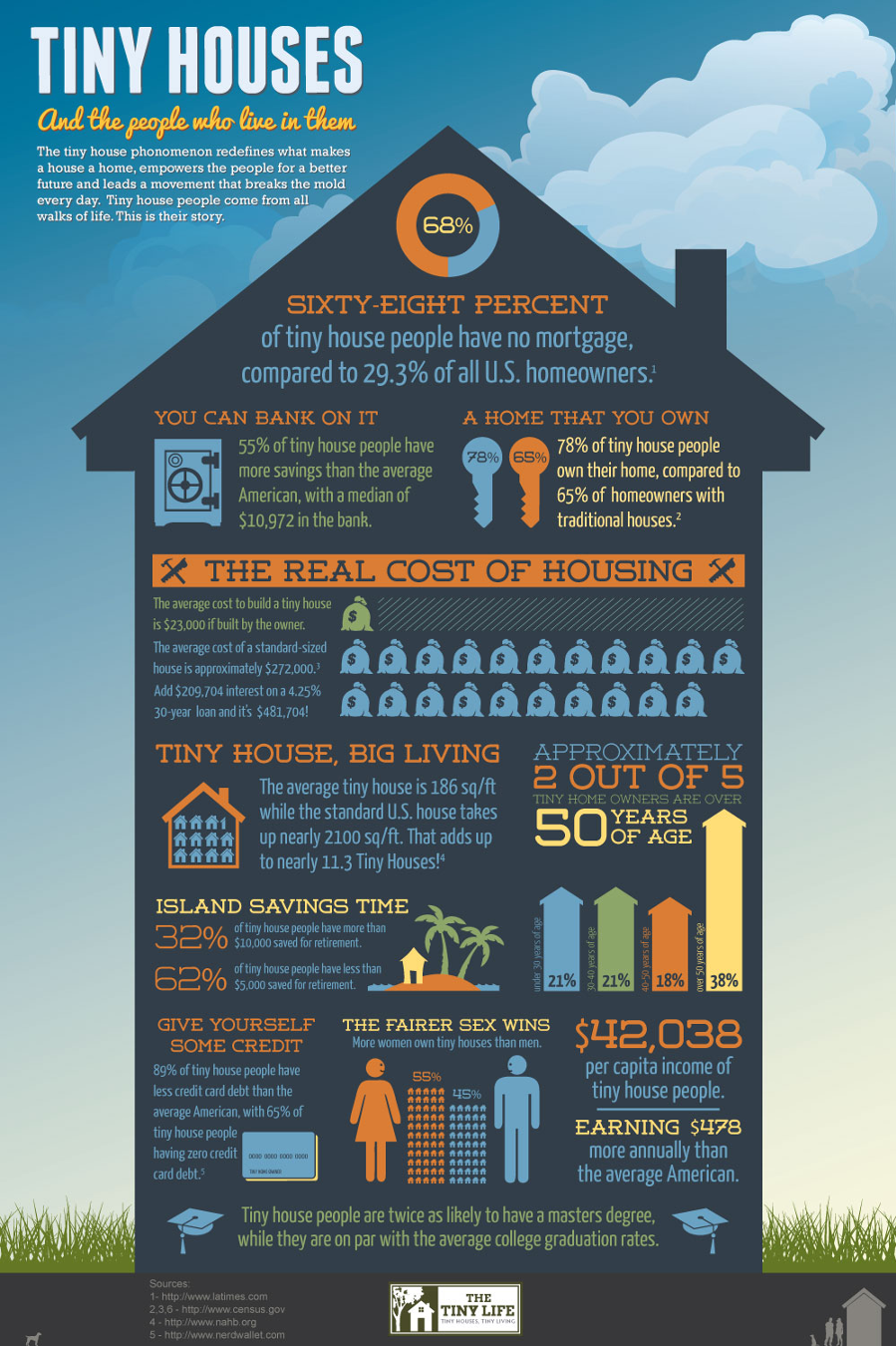Looking for tiny home furniture ideas?
Here at Stone Canyon Homes, we understand how important it is to best utilize the space in your homes without sacrificing style, efficiency and durability. As most of you will use your tiny home as your primary residence, you want to make sure that you are purchasing furniture that’s built to last, aesthetically appealing and adds productivity.
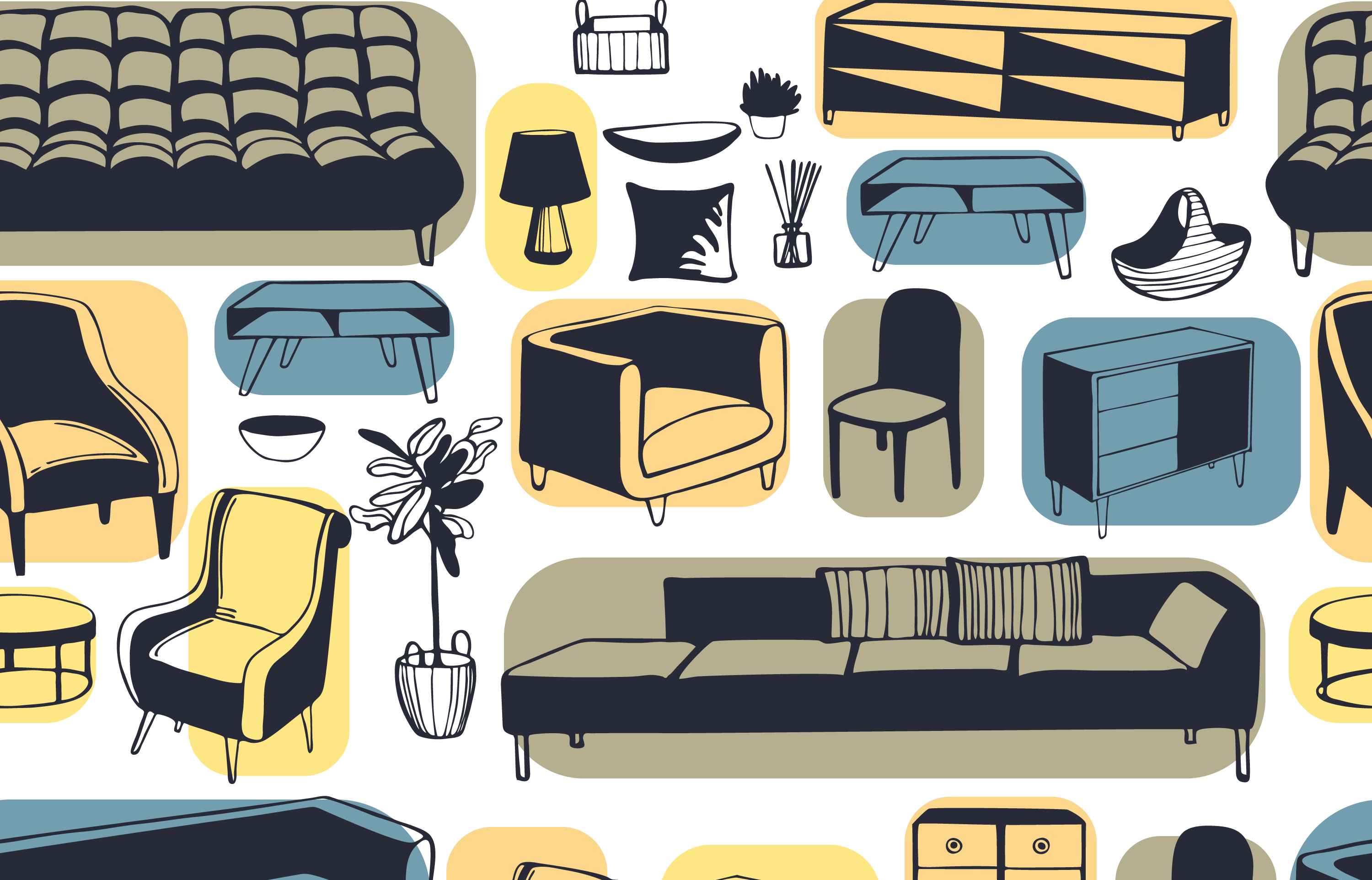
Tiny Home Furniture Staples
Saving space is pivotal when choosing furniture for your tiny home. Every piece has to have a purpose, and bonus points if it can serve multiple purposes. By selecting furniture that offers multi-use functionality, you give yourself the ability to make the most out of your home’s space without adding any unnecessary visual weight.
Sleeper Sofas
Most tiny homes offer one to two areas for sleeping accommodations depending on the size and design. If you want the option to have guests stay overnight, go with a sleeper sofa. With this one piece of furniture, you get a sofa for seating in the living area during the day, and extra sleeping space for guests at night. Make sure to select a sleeper sofa with a slim profile on legs to reduce its footprint leaving additional room for other staple pieces of furniture while keeping your space feeling open and airy.

Ottomans
Ottomans can work three-fold. They function as a surface to set items on, storage where belongings can be stowed and additional seating for your guests. An ottoman on wheels can easily be transferred around a room. Keep it in your living room as a centerpiece or move it to the side giving you more room to dynamically utilize your living space.
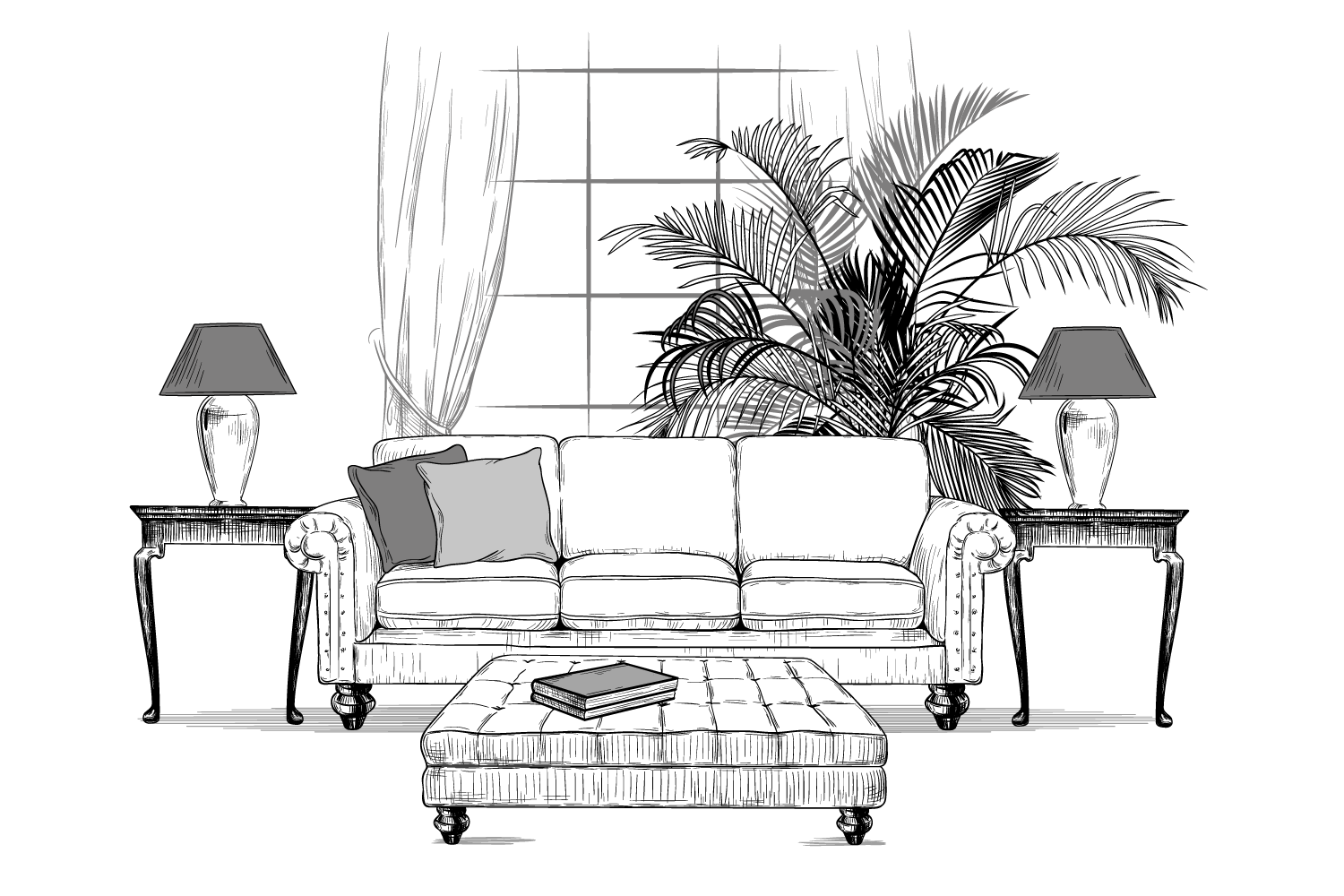
Storage Beds
The average American spends 11 hours a day in their bedroom, according to the New York Post. Your bedroom is your safe haven, and when you see clutter or feel cramped, it can affect comfortability and even your mood. When choosing to live tiny, you’re choosing to give up a portion of closet and storage space. Leave your bedroom feeling clutter-free and welcoming by opting for a storage bed. With their built-in drawers, storage beds offer plenty of room to store everything from shoes and clothes to linens and blankets.
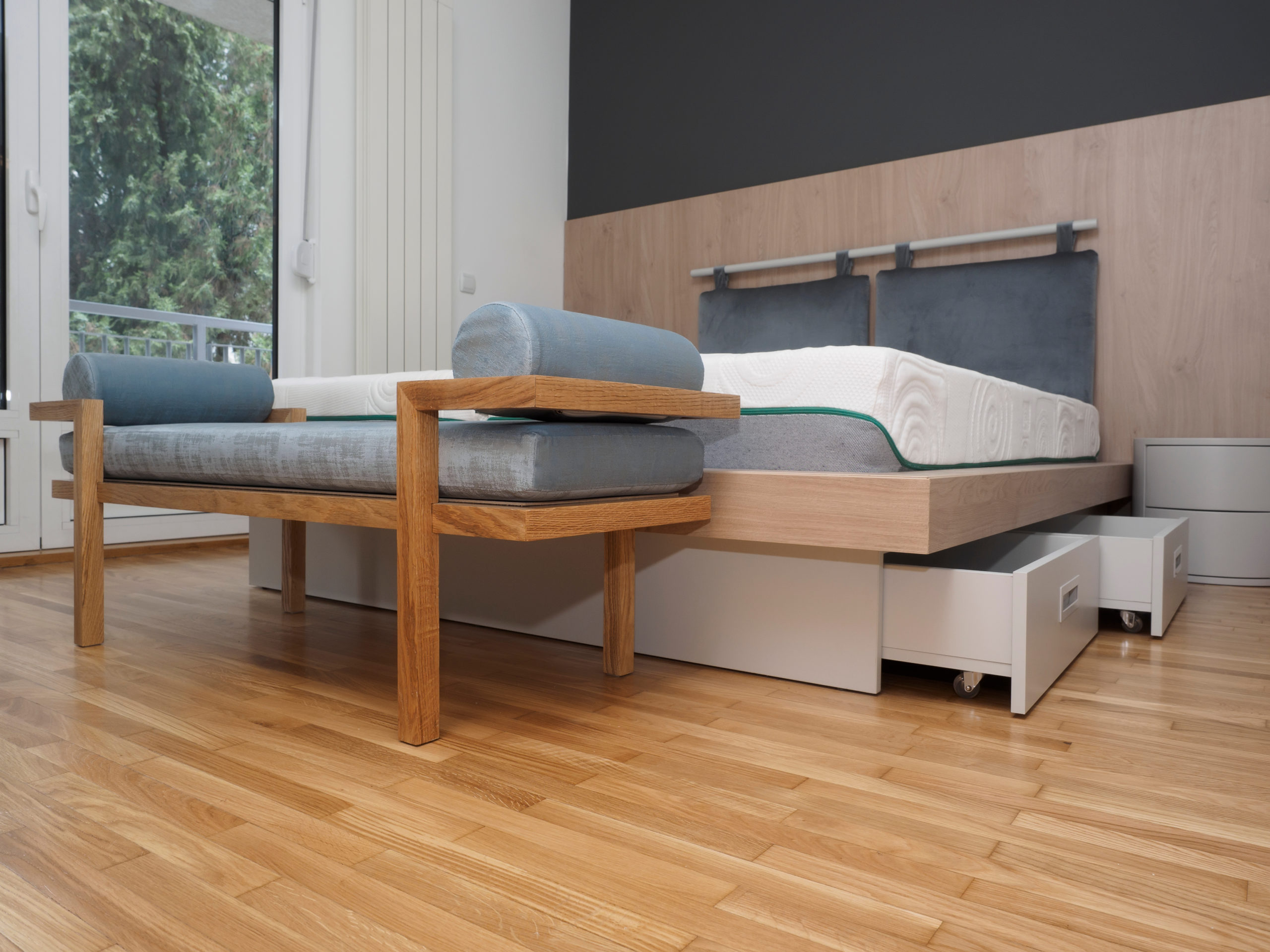
Open Shelves
Tiny Homes have smaller square-footage but tend to have high or vaulted ceilings. Take advantage of this feature and utilize it to maximize storage by adding open shelves. Open shelves can be used throughout your home in places such as your kitchen, living area and bathroom to creatively display your possessions while saving on space.
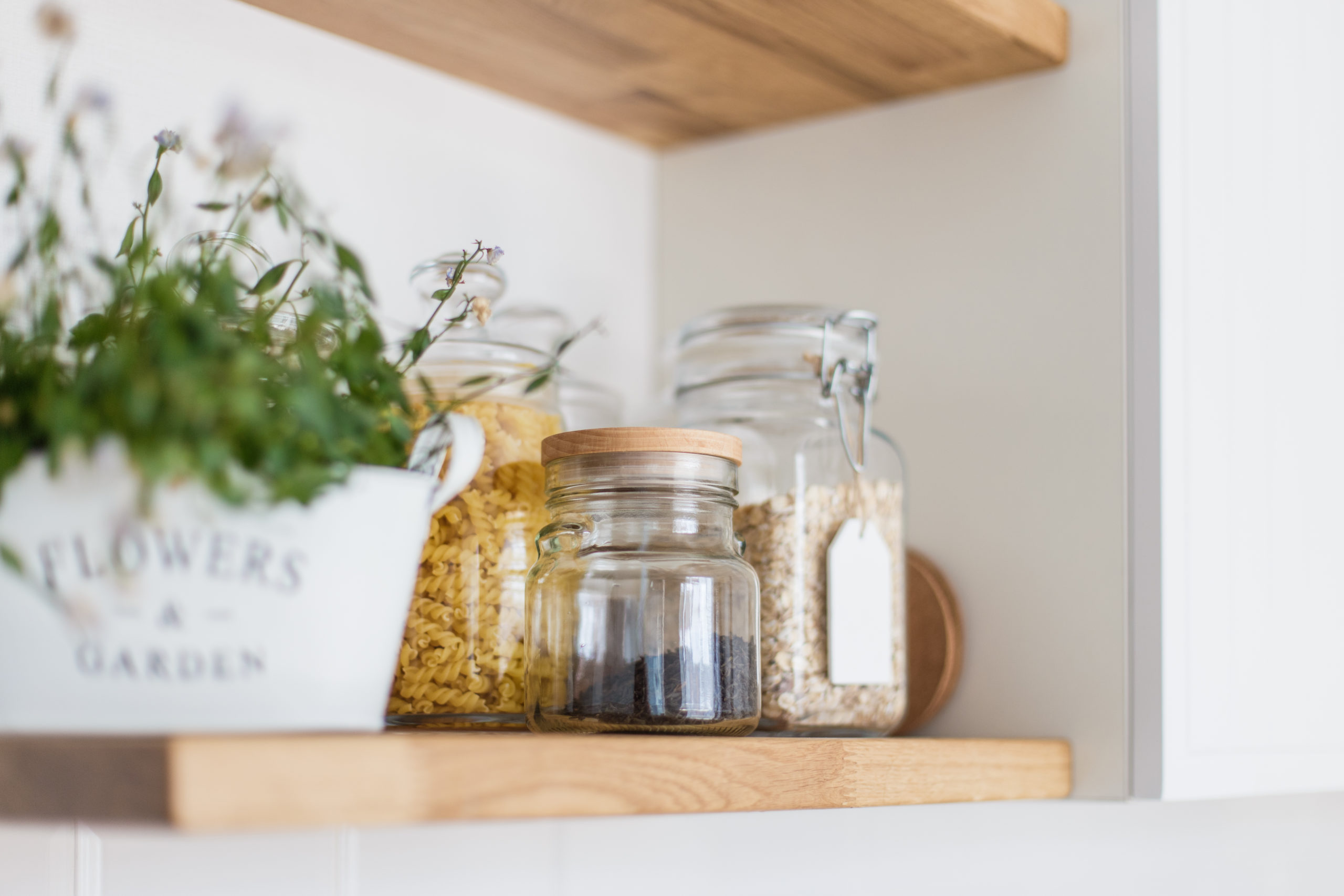
Whether you’re using the wall space leading up to the ceiling for additional storage, or décor, doing so will bring the eye upward creating balance and depth for your tiny home.
Keep in mind what brought you to live the tiny lifestyle: minimalism. If you end up putting too much on your walls, it will give off an overwhelming feel and muddled appearance.
Whatever your lifestyle may be, make sure to plan your space accordingly. Start with your staple pieces and build out from there. You have various options to bring efficiency to your space and lifestyle.

